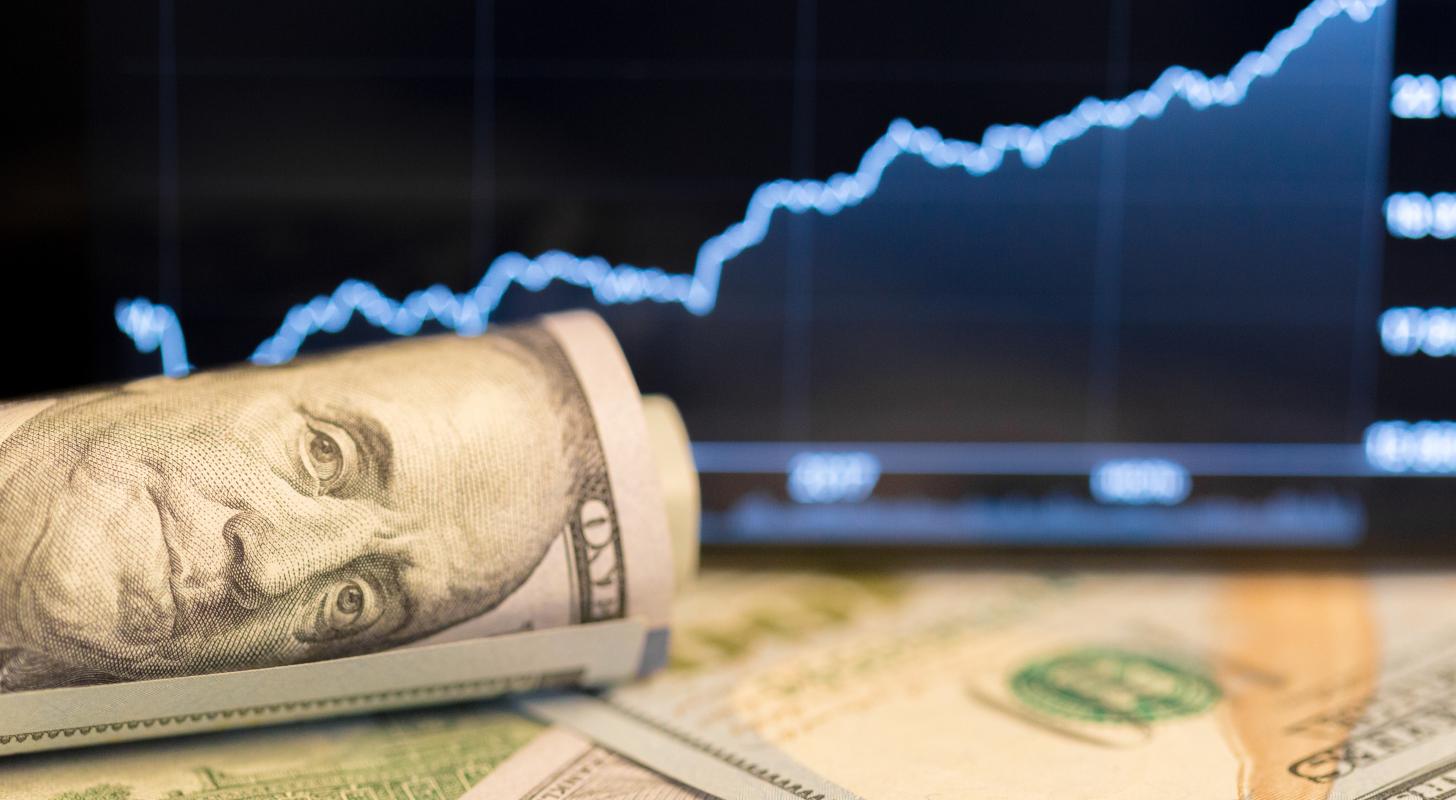Forex
Forex Today: the dollar is gaining strength amid gloomy sentiment at the start of the Fed’s week

Markets continued to run away from risk early on Monday, with investors remaining cautious amid fears of a likely global recession. Traders prefer to stay on the sidelines. The Fed is set to raise rates by 75 bps on Wednesday in response to strong inflation measures. Over the weekend, U.S. Treasury Secretary Janet Yellen warned of a slowdown in the U.S. economy, but said a recession was not imminent.
Concerns about slowing economic growth intensified after preliminary S&P Global PMI business activity indexes in the euro zone and Germany recorded declines in July. The S&P Global U.S. Services PMI dipped into contraction territory for the first time since June 2020.
China stepped up mass COVID-19 testing in Shanghai and Tianjin. This means there is a risk of new and costly lock-ins. A record number of Australians affected by COVID have been hospitalized. The number of people sickened by covid has skyrocketed, undermining investor confidence.
Meanwhile, China privately warned the Biden administration of the consequences should U.S. House Speaker Nancy Pelosi travel to Taiwan in August, the Financial Times (FT) reported Saturday. Citing sources, Reuters reported that Beijing plans to create a real estate fund worth up to $44 billion, despite looming problems with Evergrande’s restructuring.
Amid a flood of disappointing news in Asia, regional stock indexes are falling, partly echoing Friday’s sell-off on Wall Street. U.S. S&P 500 futures are down 0.22%, reflecting a dismal mood. Investors remain wary ahead of earnings releases from U.S. tech titans Google’s Alphabet Inc. and tech titan Apple Inc.
Among G10 currencies, the U.S. dollar is showing a modest comeback from more than two-week lows amid a flight from risk.
EUR/USD is trading near 1.0200, stalling the climb. ECB head Christine Lagarde said early on Saturday that the Bank will raise rates as much as necessary to bring inflation to our target level over the medium term. Meanwhile, ECB hawk Robert Holzmann noted that they will see what the economic situation is like in the fall. Then they can probably decide whether to raise the rate by another 0.5% or less. The IFO survey on Monday will shed more light on the euro zone’s economic outlook.
GBP/USD is falling towards 1.1950, failing once again to secure above 1.2000. Political uncertainty in the UK is offsetting expectations of a 50bp BOE rate hike in August. British Prime Ministerial candidate Liz Truss laid out her investment plans, while Rishi Sunak, another candidate, announced on Friday that he would put the government on a “crisis management” stance after taking office.
The USD/JPY pair regained ground above 136.00 as U.S. Treasury yields stabilized, pausing last week’s sell-off. The pair is ignoring news that the Bank of Japan (BOJ) is reshuffling its board members to bring in two new hawkish members.
Gold paused its recovery, gathering around $1,730, with all eyes on key U.S. data and the Fed’s event next week.
Bitcoin fell back below $22,000 amid concerns over Fed action, and Ethereum attacked the $1,500 mark, losing nearly 4.50% for the day.

 Forex3 years ago
Forex3 years agoForex Today: the dollar is gaining strength amid gloomy sentiment at the start of the Fed’s week

 Forex3 years ago
Forex3 years agoUnbiased review of Pocket Option broker

 Forex3 years ago
Forex3 years agoDollar to pound sterling exchange rate today: Pound plummeted to its lowest since 1985

 Forex3 years ago
Forex3 years agoHow is the Australian dollar doing today?

 Cryptocurrency3 years ago
Cryptocurrency3 years agoWhat happened in the crypto market – current events today

 World3 years ago
World3 years agoWhy are modern video games an art form?

 Commodities3 years ago
Commodities3 years agoCopper continues to fall in price on expectations of lower demand in China

 Economy3 years ago
Economy3 years agoCrude oil tankers double in price due to EU anti-Russian sanctions





















